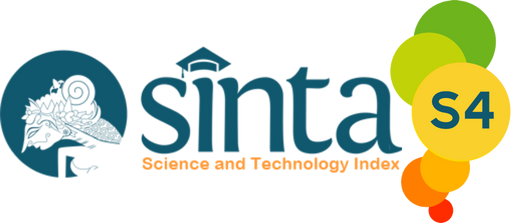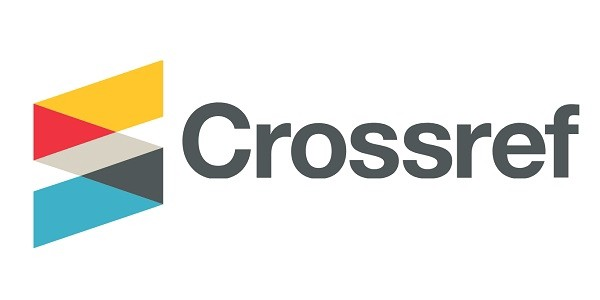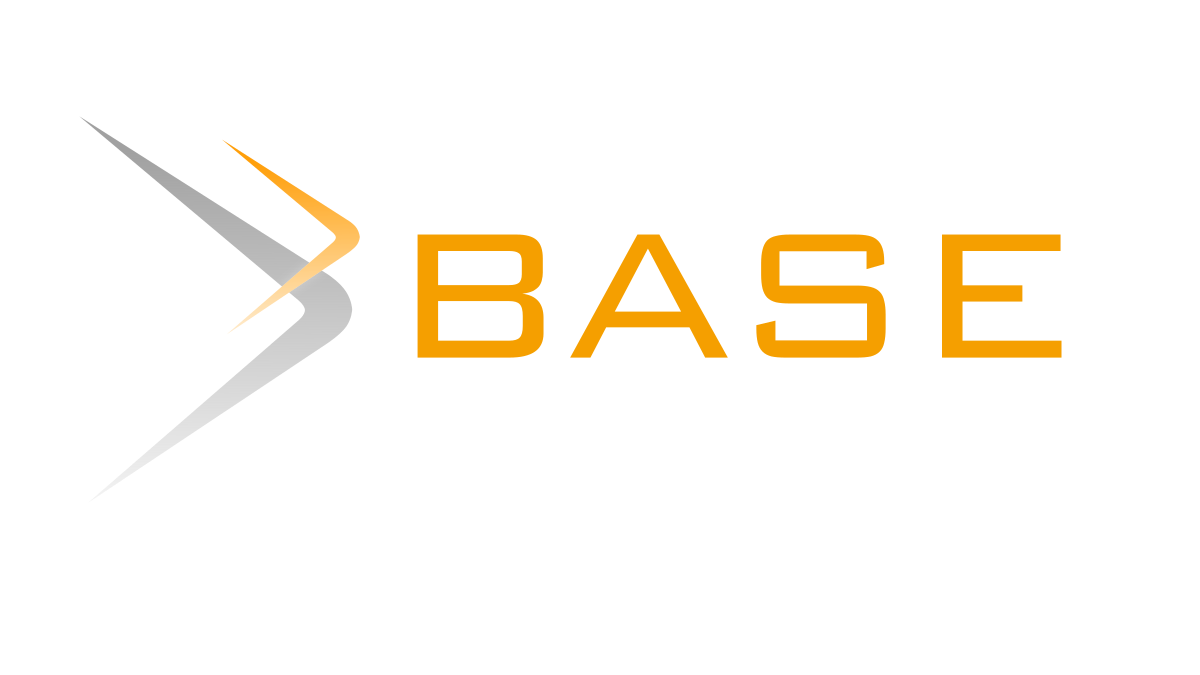Analysis Of Factors In Tenders For Procurement Of Construction Goods/Services Using The E-Catalogue System
DOI:
https://doi.org/10.37253/jcep.v5i1.9286Keywords:
Procurement of Goods / Services E-catalogue Construction CompanyAbstract
The government is updating regulations for procuring goods and services by introducing an e-catalogue system in the auction/tender process. Construction companies need to study the factors in tenders for the Procurement of construction goods/services using the e-catalogue system to ensure that the tender process using the e-catalogue system runs well and optimally. This research aims to analyze the factors in tenders for the Procurement of construction goods/services using the e-catalogue system. The method used was distributing questionnaires to small construction companies in Jombang Regency to collect data for further analysis. Based on data analysis, four factors were obtained, namely human resource factors (X1), principles of Procurement of goods and services (X2), infrastructure condition factors and e-catalogue support system arrangements (X3), and benefits factors for implementing e-catalogues (X4). The results were then tested for validity and reliability to ensure the validity and reliability of the data. Further analysis was carried out using descriptive analysis methods and Pearson correlation analysis. The results of the descriptive analysis show that the highest factor in tenders for the Procurement of construction goods/services using the e-catalogue system is the human resources factor (X1), with a mean value of 3.620 and a standard deviation value of 0.047. According to the research outcomes regarding Pearson correlations the relationship between factors that has the highest correlation value is (X1) with (X3) both have a strong correlation with a correlation value of 0.771.
Downloads
References
Y. Malinda and S. Hardjomuljadi, “Faktor Kendala Dominan Penggunaan E-Catalogue Pada Proses Pengadaan Proyek Konstruksi Jalan Dengan Metoda SPSS & RII,” Rekayasa Sipil, vol. 7, no. 2, pp. 90–105, 2018, doi: 10.22441/jrs.2018.v07.i2.04.
A. Kristianto, “Negosiasi Harga e-Purchasing Katalog Dalam Pengadaan Barang/Jasa Pemerintah,” J. Pengadaan Barang/Jasa, vol. 1, no. 1, pp. 53–60, 2022, doi: 10.55961/jpbj.v1i1.14.
F. Nabila, “Analisis Optimasi Waktu dan Biaya pada Konstruksi Bangunan Gedung Menggunakan Metode Time Cost Trade Off,” J. Civ. Eng. Plan., vol. 4, no. 1, pp. 199–210, 2023, doi: 10.37253/jcep.v4i2.8662.
S. Shaviera, M. Pamadi, and A. Savitri, “Studi Kelayakan Investasi Proyek Perumahan Di Daerah Batam Center,” J. Civ. Eng. Plan., vol. 4, no. 1, pp. 146–154, 2023, doi: https://doi.org/10.37253/jcep.v4i1.7844.
M. D. Pane, “Aspek Hukum Pengadaan Barang Dan Jasa Pemerintah, Suatu Tinjauan Yuridis Peraturan Pengadaan Barang Dan Jasa Pemerintah,” J. Media Huk., vol. 24, no. 2, pp. 147–155, 2017, doi: 10.18196/jmh.2017.0090.147-155.
M. Iqbal, “Pengaruh Pelaksanaan E Katalog Dalam Pengadaan Barang / Jasa Pemerintah Terhadap UMKM,” J. USM Law Rev., vol. 3, no. 1, pp. 77–97, 2020, doi: http://dx.doi.org/10.26623/julr.v3i1.2204.
D. Haryati, A. Anditya, and R. A. Wibowo, “Pelaksanaan Pengadaan Barang/Jasa Secara Elektronik (E-Procurement) Pada Pemerintah Kota Yogyakarta,” Mimb. Huk. - Fak. Huk. Univ. Gadjah Mada, vol. 23, no. 2, p. 328, 2011, doi: 10.22146/jmh.16192.
P. E. Mulyono, “Analisis Pelaksanaan Pengadaan Barang/Jasa Secara Elektronik pada Pemerintah Kabupaten Gresik,” Airlangga Dev. J., vol. 1, no. 1, p. 32, 2020, doi: 10.20473/adj.v1i1.18010.
V. Youdit, “Manajemen Strategi Kantor Wilayah Kemenkumham Lampung Untuk Meningkatkan Penggunaan E-Katalog,” J. Soc. Log., vol. 3, no. 1, pp. 1–13, 2023, doi: https://doi.org/10.572349/socialogica.v3i1.335.
J. Lestyowati, “Analisis Permasalahan E-Purchasing Dalam Pengadaan Barang Dan Jasa Satuan Kerja,” Pros. Simp. Nas. Keuang. Negara 2018, vol. 1, no. 1, pp. 669–695, 2018, [Online]. Available: https://jurnal.bppk.kemenkeu.go.id/snkn/article/view/224
I. Tjan, M. S. A. Basalamah, A. H. Sirat, and Suwito, “Assessment of E-Procurement of Construction Products and Services,” J. Manaj. Bisnis, vol. 10, no. 1, pp. 206–220, 2023, doi: https://doi.org/10.33096/jmb.v10i1.491.
K. Imam, S. Hardjomuljadi, and M. Amin, “Pemilihan Penyedia Pekerjaan Konstruksi Oleh Pengguna Jasa Dengan Metode E-Purchasing Di Dinas Bina Marga Provinsi Dki Jakarta,” Konstruksia, vol. 13, no. 2, p. 155, 2022, doi: 10.24853/jk.13.2.155-168.
N. M. Janna and Herianto, “Konsep Uji Validitas dan Reliabilitas Dengan Menggunakan SPSS,” Open Sci. Framew., no. 18210047, pp. 1–12, 2021, doi: https://doi.org/10.31219/osf.io/v9j52.
M. Hamid, I. Sufi, W. Konadi, Y. Akmal, and J. Iddris, Analisis Jalur dan Aplikasi SPSS Versi 25, Pertama. Bireuen: CV. Merdeka Kreasi, 2019. [Online]. Available: https://ppsmm.uniki.ac.id/wp-content/uploads/2020/04/Analisis_Jalur_Marwan-1.pdf
Y. E. Windarto, “Analisis Penyakit Kardiovaskular Menggunakan Metode Korelasi Pearson, Spearman dan Kendall,” J. Saintekom, vol. 10, no. 2, pp. 119–127, 2020, doi: 10.33020/saintekom.v10i2.149.
F. Jabnabillah and N. Margina, “Analisis Korelasi Pearson Dalam Menentukan Hubungan Antara Motivasi Belajar Dengan Kemandirian Belajar Pada Pembelajaran Daring,” J. Sintak, vol. 1, no. 1, pp. 14–18, 2022, [Online]. Available: https://journal.iteba.ac.id/index.php/jurnalsintak/article/view/23
Downloads
Published
Issue
Section
License
Copyright (c) 2024 Krisna Rendi Awalludin, I Nyoman Dita Pahang Putra

This work is licensed under a Creative Commons Attribution 4.0 International License.



_0011.jpg)









